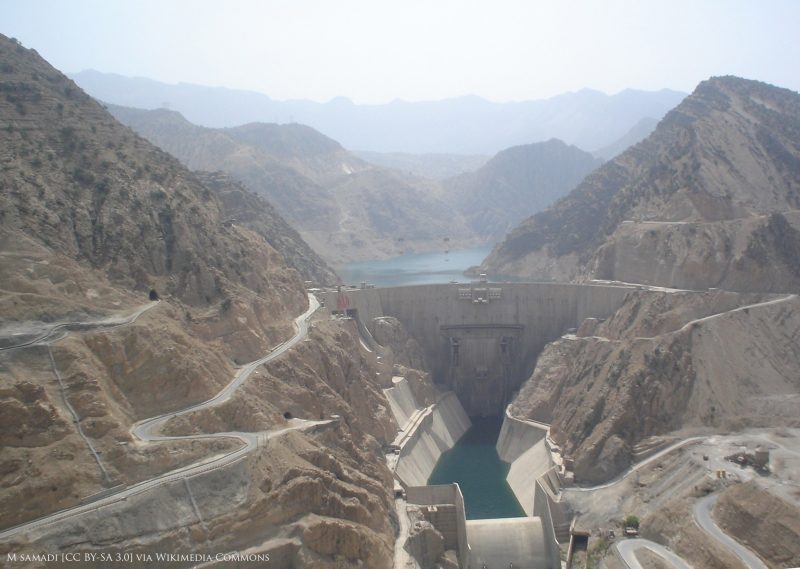Gilgel Gibe III, la diga della discordia
Inaugurata il 17 dicembre 2016, la diga Gilgel Gibe III è una delle infrastrutture più controverse della storia.
Quest’imponente opera è stata realizzata nella valle del fiume Omo (Etiopia), – immissario principale del lago Turkana (Kenya), il più grande lago permanente al mondo situato in un’area desertica – ricca di foreste oltre le quali si estende un’immensa savana. Le esondazioni dell’Omo sono una risorsa fondamentale per l’ecosistema locale e per 200.000 indigeni che vivono lungo tutto il corso del fiume. Ma la costruzione del Gilgel Gibe, complesso di cinque dighe che sorge sul principale affluente dell’Omo, è considerata da ambientalisti e organizzazioni non-profit una vera e propria minaccia per l’ambiente e le popolazioni locali.
La più controversa è la diga Gibe III, progettata e costruita dall’italiana Salini Impregilo Spa e finanziata dalla Farnesina tramite il Fondo Rotativo, in supporto alle spese iniziali del governo etiope. La società è stata incaricata senza una gara d’appalto e, nel 2006, il progetto è stato approvato senza la valutazione preliminare sull’impatto ambientale e sociale dell’opera, che l’ordinamento giuridico etiope invece impone. Ma secondo gli studi di settore condotti da ONG come Survival International, che ha denunciato la Salini Impregilo all’OCSE, la diga altererà in modo irreversibile i flussi stagionali del fiume, con gravi conseguenze sui delicati ecosistemi dell’area e il sostentamento delle comunità locali. Del resto, le autorità hanno già pianificato il processo di “villaggizzazione”, trasferendo forzatamente intere tribù in campi di reinsediamento.
E nonostante le proteste i lavori non accennano a fermarsi: il governo di Addis Abeba ha commissionato alla Salini Impregilo anche la costruzione delle altre due dighe del complesso, la Gibe IV e la Gibe V.
Location
Etiopia, Regione delle Nazioni, Nazionalità e Popoli del Sud
https://www.google.it/maps/place/Gilgel+Gibe+III+Dam,+52,+Etiopia/@6.8481523,37.299673,17z/data=!3m1!4b1!4m5!3m4!1s0x17b1d61c8e4ca565:0xb11005d03c5a3cca!8m2!3d6.8478672!4d37.3018839?hl=it
Environmental impact
- Land degradation (e.g. drought, soil contamination, erosion and desertification)
- Biodiversity loss – Ecosystem destruction
- Depletion of natural resources (fossil and mineral, forest, water, etc)
- Alteration of landscape aesthetics and built heritage
Ethical/ legal issues
- Life and personal security
- A clean and prosperous environment and a safe and pleasant habitat
- Indigenous land, culture and rituals
- Access to public goods/ resources and products
- Democratic participation to decision-making on community and national affairs
Information sources & materials
Online books and newspaper, magazine, encyclopedia, or blog articles
http://www.survival.it/popoli/valleomo/gibedam
http://www.survival.it/notizie/11546
Contributor(s)
Leila Belhadj Mohamed, Italy



Home › Forums › Gilgel Gibe III, the dam of the discord